

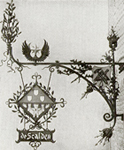 The artistic cercle De Scalden was founded in 1889 and lead by the medallist Jules Baetes.
The artistic cercle De Scalden was founded in 1889 and lead by the medallist Jules Baetes.

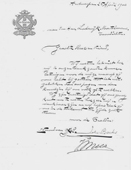

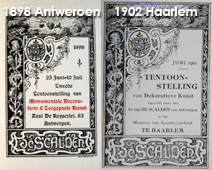
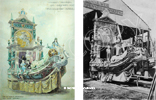
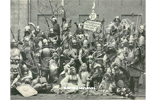
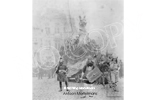



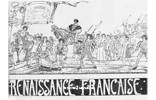
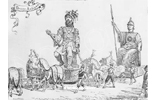
 As a second objective, 'De Scalden' organized several exhibitions with works they described as 'Monumental, Decorative and Applied Art'. The exhibited works came from the ranks of the members of the circle, which was not a problem due to the large number of members and their diversity.
As a second objective, 'De Scalden' organized several exhibitions with works they described as 'Monumental, Decorative and Applied Art'. The exhibited works came from the ranks of the members of the circle, which was not a problem due to the large number of members and their diversity.
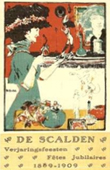 In general one can say that 'De Scalden' formed the bridge between the more traditional tendencies, and the first renewers. Unfortunately, the archive of the association has been lost.
In general one can say that 'De Scalden' formed the bridge between the more traditional tendencies, and the first renewers. Unfortunately, the archive of the association has been lost. 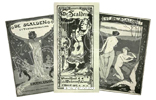
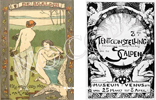
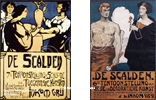
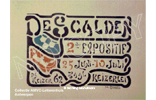
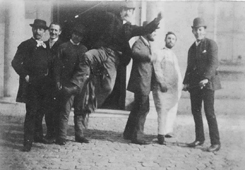
Image : from left to right :
Frans Mortelmans, Charles Van Havermaet, Leopold Muller, Jan Coppens, Jerome Mees, Jos Goossens, Jules Baetes
(© ADVN Antwerpen)
Around 1900, the art circle 'De Kapel' also arose in Antwerp, in which various Scalden were also actively involved.
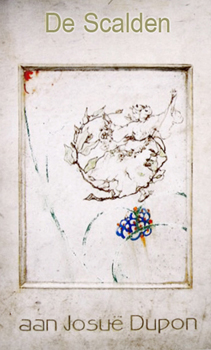

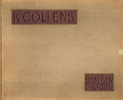 The beautifully executed 6th yearbook, was a posthumous biography of Karel Collens by Edmond van Offel. The yearbook is nicely bound in a linen band, with in two submerged compartments a text written in bas-relief sculpturally: 'K. Collens. The Scalden '. The book has a large oblong format (220x260mm) and can be tied with two ribbons.
The beautifully executed 6th yearbook, was a posthumous biography of Karel Collens by Edmond van Offel. The yearbook is nicely bound in a linen band, with in two submerged compartments a text written in bas-relief sculpturally: 'K. Collens. The Scalden '. The book has a large oblong format (220x260mm) and can be tied with two ribbons.
![]()